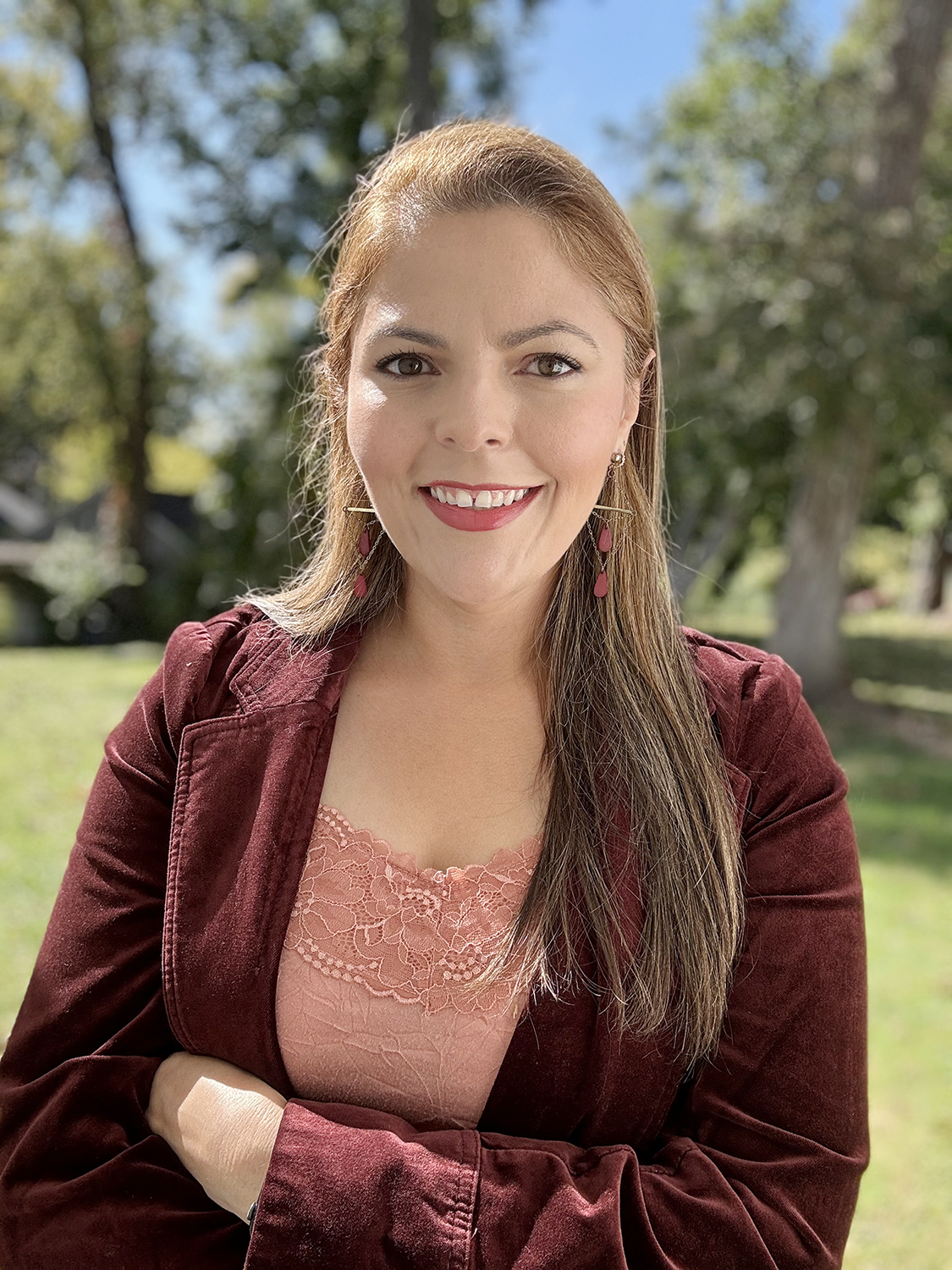
Dr. Adriana E. Martinez
Ph.D. University of Oregon, 2013
Professor - Physical geography, fluvial geomorphology, riparian zones, GIS
Alumni Hall 1413
Email: adrmart@siue.edu
Research Interests
Dr. Adriana E. Martinez’s research focuses on the influence of human activities along river systems. Her current research examines how border militarization has impacted the Rio Grande along the Texas-Mexico border. She also studies the development of science identity in underrepresented students in STEM and the Geosciences.
Awards and Achievements
American Association of Geographers National Councilor, 2024-2027.
Principal Investigator,2021-2027. At the Confluence: Supporting Critical Transitions for Graduate Students in Sustainable Watersheds Research. National Science Foundation with Rohan Benjankar, Alan Black, Carol Colaninno-Meeks, and Sharon Locke.
Hoppe Fellowship, 2021-2023. Conduct work on the impacts of the U.S-Mexico border fence on flooding, Southern Illinois University Edwardsville.
2021-2023 Fellow, AGU LANDInG (Leadership Academy and Network for Diversity and Inclusion in the Geosciences), 2021-2023.
Selected Publications
Colaninno, C. and Martinez, Adriana E., Blake, C., and Johnson, C. “Built and Natural Landscape Environments: Exploring with Google Earth.” The Science Teacher. 91:4, 75-83. 2024.
Cummins, C., Martinez, A. E. Microhabitats and macroinvertebrates: Logjam influences on stream morphology and macroinvertebrate traits. River Field Studies Network, QUBES Educational Resources. doi:10.25334/ZVG7-2F67. 2023.
Martinez, Adriana E. Devine, T, and Reed, T. Empty Containers, Overflowing Rivers: State Funded Fencing and Impacts in Eagle Pass, Texas. The Texas Journal of Science. 75 (1): Article 2. 2023
Martinez, Adriana E. and Martinez, Alejandra O. Inspiring the Next Generation: Teachers in the Field and Scientists in the Classroom. Science Scope. 2023.
Martinez, Adriana E. Flooding along the fence: Hydrological impacts along the Rio Grande at Eagle Pass, Texas. International Journal of Applied Geospatial Research. 13(1). 2022.











